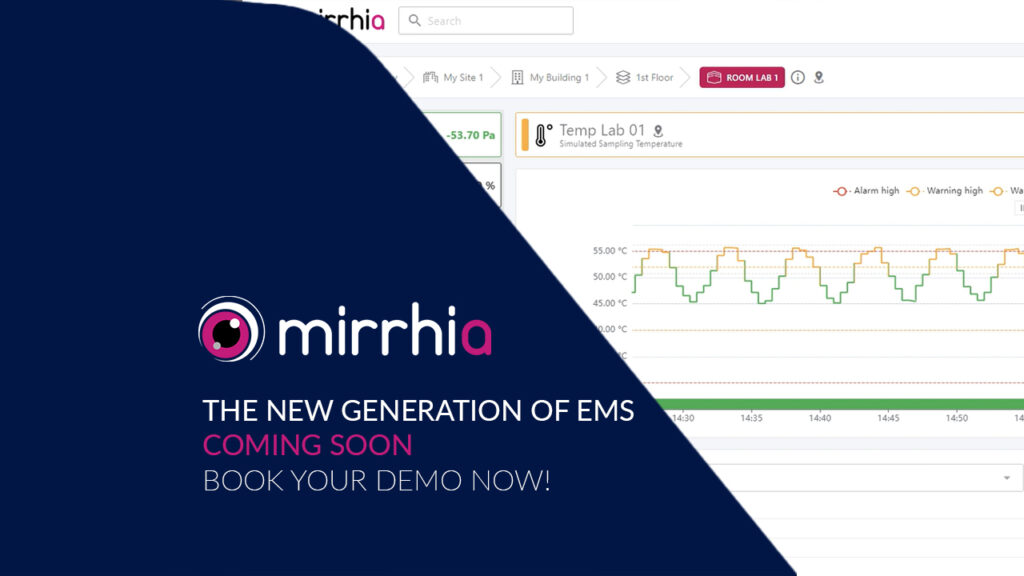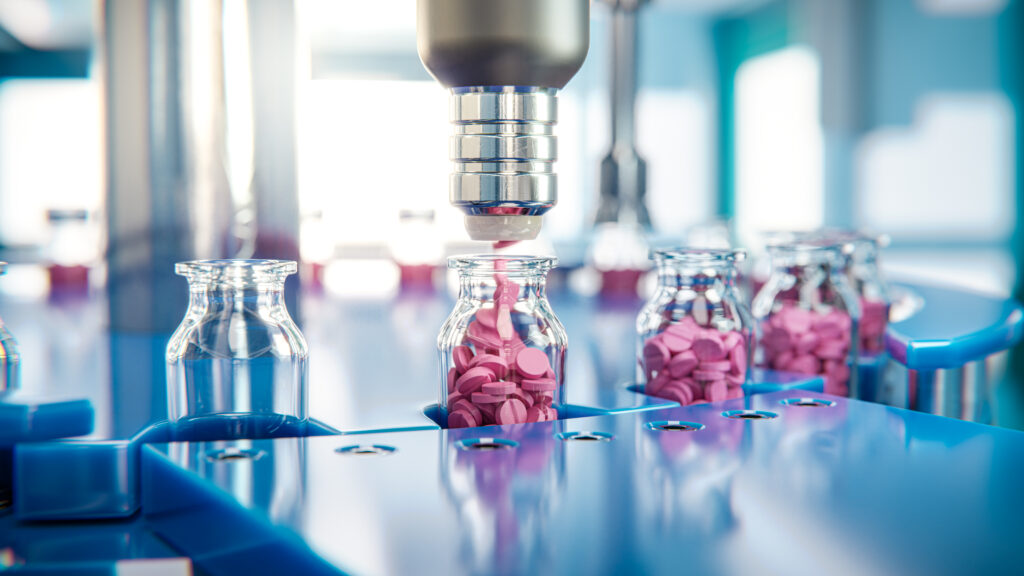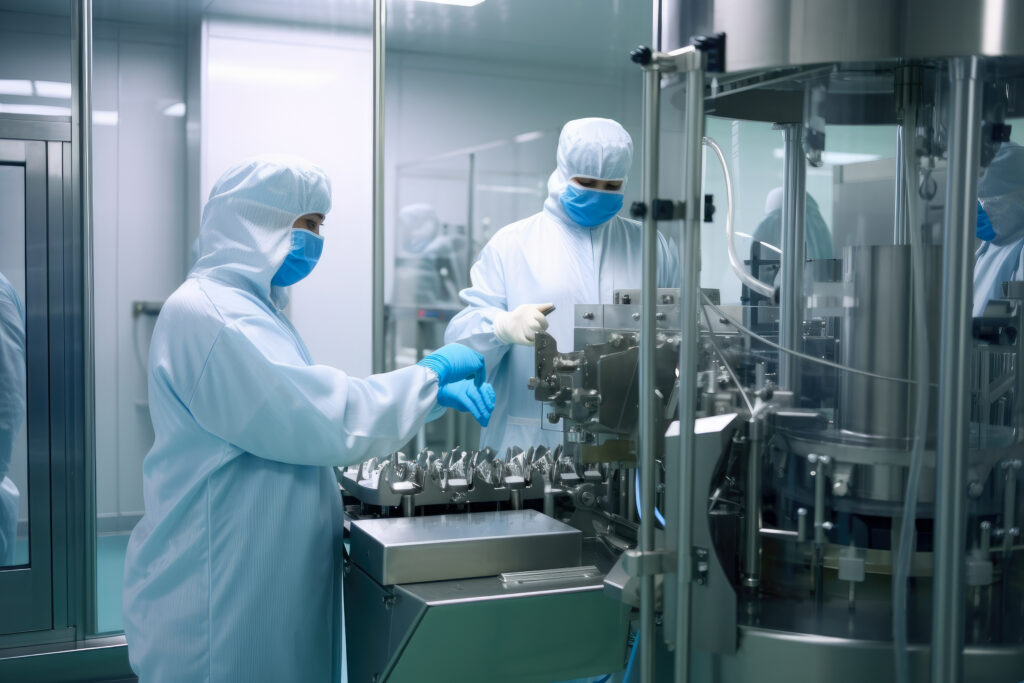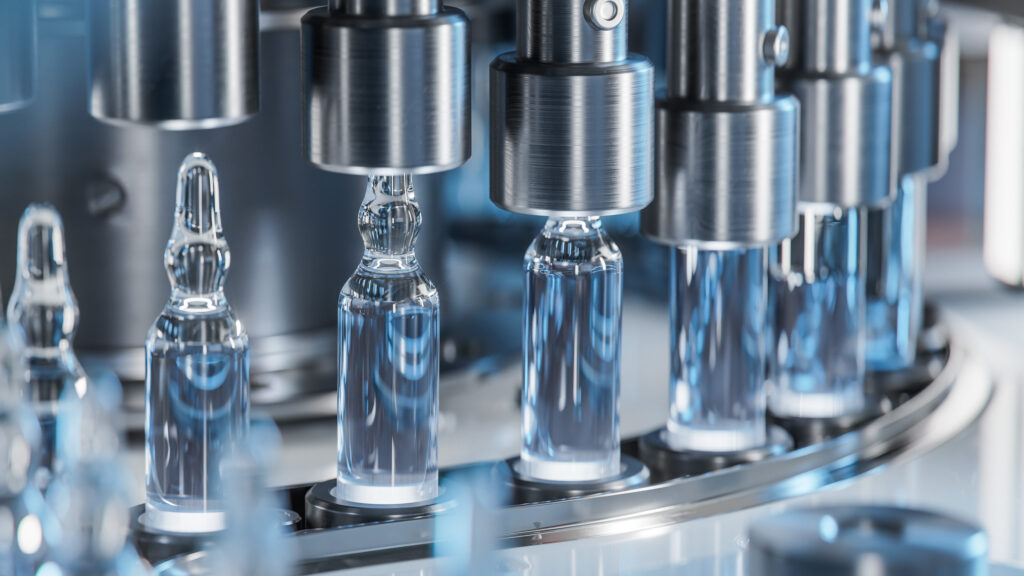Particle Counters and Environmental Monitoring
The other day, I was talking with Nicolas about MIRRHIA FACILITY, and all of a sudden, he jumps as if he had a brilliant idea (he often has brilliant ideas) and tells me: “Well Marie, I have an idea for an article… How about you write us a page on particle counters?”.
And that’s how this article was born.
First a little warning
Beware that we are going to address Particle Counters for particle counting in this article, not for particle matter. Well indeed, it’s not the same! Particle matter refers to the mass of particles in a given volume of air while particle counting measures the number of particles in the air and provides detailed information about the size distribution of these particles.
If you’re looking for a Environmental Monitoring System that integrates Particle Counters, don’t look further and have a discover at MIRRHIA FACILITY®.
Alright, now let me tell you that choosing the most appropriate particle counter depends on what you want to do. Indeed, based on that, there will be specific requirements, such as the nature of the pharmaceutical process, regulatory requirements, and the need for real-time monitoring.
What is a Particle counter?
A particle counter is an instrument used to detect and count physical particles in the air.
Cleanrooms are the most common place where you’ll find particle counters. Those cleanrooms require controlled levels of contamination. These environments are critical in industries where small particles can adversely affect the manufacturing process, such as biotech, pharmaceuticals, and aerospace engineering.
The operation of a particle counter is relatively straightforward but hinges on advanced technology. The device pulls a sample of air into its sensing chamber, where the air passes through a laser beam. As particles pass through this laser beam, they scatter light in a manner that can be detected and counted by a sensor. The scattering of light is processed and converted into electrical signals, which are then analyzed to determine the size and quantity of particles in the sample.
As simple as that.
This data is crucial as it informs whether the cleanroom meets the standards necessary for its intended use. In pharmaceutical manufacturing, particularly in areas where sterile or aseptic processes are conducted, the control of particulate contamination is vital to ensure the safety and efficacy of the drug product.
Technology & Types of Particle counters in pharma
1. Technology used in the Pharmaceutical Industry
a. Optical Particle Counters – What is it?
Optical particle counters (OPCs) are the most common particle counters used in our business because of their versatility and ability to provide real-time data on a wide range of particle sizes.
OPCs are also commonly used in the pharmaceutical industry for both routine environmental monitoring and for the validation of clean spaces and controlled environments. The high-resolution capabilities of OPCs make them adept at detecting very fine particles.
b. Mechanics of Optical Particle Counters
Optical particle counters operate based on the scattering of light by particles.
Here’s a detailed explanation of how they work:
- Light Source: Optical particle counters use a focused light source, typically a laser or a LED, to illuminate the sample.
- Detector System: Positioned at specific angles around the sample, detectors capture the light scattered by particles in the sample.
- Scattering Patterns: As particles pass through the illuminated area, they scatter light in various directions. The detectors collect information on the intensity of scattered light at different angles.
- Data Analysis: The detected light patterns are analyzed to determine the size and concentration of particles in the sample. Complex algorithms and models are used to convert the scattering patterns into size distribution data.
c. Sensitivity to Particle Size
Optical particle counters are known for their high sensitivity to a wide range of particle sizes. Here are key points regarding their sensitivity:
- Wide Measurement Range: They are capable of detecting particles across a broad size spectrum, from sub-micron to tens of microns. This versatility makes them suitable for a wide variety of applications.
- High Resolution: Optical particle counters provide fine resolution in size distribution data, allowing for precise characterization of particle populations.
- Limit of Detection (LOD): They have a low limit of detection, meaning they can accurately detect even very small particles present in a sample.
- Size Binning: Depending on the instrument’s design and settings, optical particle counters can differentiate particles into size bins, providing detailed information about the distribution of particles within specific size ranges.
d. The key metrics
The three key metrics often used when talking about particle counters are:
Particle Size: This refers to the diameter of the particles, measured in micrometers (µm). Pharmaceutical cleanrooms typically monitor a range of particle sizes, but the most critical are often particles ≥0.5 µm and ≥5 µm, as these sizes can affect product quality and are regulated by standards such as ISO 14644-1 and EU GMP Annex 1.
Particle Count: This is the concentration of particles, expressed as the number of particles per cubic meter of air (particles/m³) or cubic foot of air (particles/ft³). The acceptable levels of particle concentration depend on the cleanroom classification and the specific requirements of the pharmaceutical product being manufactured.
Cubic Feet per Minute (CFM): This metric measures the airflow rate, indicating how much air the particle counter can sample per minute. It’s an essential factor because it determines how quickly a particle counter can assess the cleanliness of the air in a given area. For example, in pharmaceutical cleanrooms, air sample rates might be regulated, and particle counters must be able to sample a specific volume of air, such as 1 CFM or 28.3 liters per minute (LPM), to comply with industry standards and ensure accurate monitoring of particulate contamination.
2. Types: Mobile or Fixed Particle Counters in pharma
Mobile and fixed particle counters are two types of devices used in the pharmaceutical industry to monitor particulate contamination in cleanrooms, each serving distinct roles and offering different benefits.
Mobile Particle Counters
You might think they go all around by themselves like robots you can see in some restaurants or at breakfast time in some hotels but no (and I don’t want to disappoint you), they don’t move by themselves.
Mobile particle counters are portable devices that you can move around and use to take measurements at various locations within a cleanroom. These devices are typically used for periodic monitoring and validation purposes.
Type of Particles and Monitoring
Mobile particle counters can detect various sizes of particles, just like fixed systems. The monitoring is punctual, meaning they provide snapshots of the particle count at specific times and places.
A mobile particle usually counts six channels, able to detect particles of 0.1 µm, 0.3 µm, 0.5 µm, 1 µm, 3 µm, and 5 µm. This allows for a detailed particle size distribution analysis in various environments and is particularly useful for spot checks and validation processes in cleanrooms or during the cleanroom certification process.
Examples: A mobile particle counter might be used during the certification of a new cleanroom or after changes have been made to the room or its HVAC system. It’s also used for periodic verification of the particle count in different areas of the cleanroom to ensure all zones meet the required standards.
Fixed Particle Counters
Fixed particle counters are permanently installed systems that provide continuous monitoring of particulate levels in the air.
Type of Particles and Monitoring
Fixed particle counters can continuously monitor a range of particle sizes, often providing real-time data that can be used for immediate corrective actions if particle counts exceed the acceptable limits.
Fixed particle counters are commonly set to detect particles at 0.5 µm and 5 µm, which are standard sizes for monitoring air quality in pharmaceutical cleanrooms according to ISO 14644-1 standards.
Examples: A fixed particle counter might be connected to a central monitoring system, allowing for ongoing surveillance of the cleanroom’s condition. This is especially critical in Grade A zones, where the risk of contamination must be minimized due to the direct exposure of the product to the environment.
3. Applications for Particle Counting in Medicine Production
Cleanroom Environmental Monitoring
OPCs are used to monitor the level of particulate contamination in cleanrooms where pharmaceuticals are manufactured. This is essential to comply with regulatory standards such as ISO 14644, which specifies cleanliness classes for air purity based on particle concentration.
HVAC System Testing
The performance of Heating, Ventilation, and Air Conditioning (HVAC) systems in controlling particulate contamination is critical in pharmaceutical facilities. OPCs are utilized to evaluate the efficiency of air filtration and ventilation systems to ensure that they are operating within specified parameters.
Isolator and Laminar Flow Cabinet Checks
Isolators and laminar flow cabinets provide sterile environments for the preparation and packaging of pharmaceutical products. OPCs are used to ensure that these areas are free from particulate contamination, which could compromise the sterility of pharmaceutical products.
Aseptic Filling Process Validation
During the aseptic filling of injectables and other sterile products, it’s vital to monitor the environment to prevent contamination. OPCs play a key role in validating that the aseptic filling processes remain within acceptable particulate levels to ensure product safety and compliance with good manufacturing practices (GMP).
Example of requirement for particle count
Grade A and B zones
These are areas with the highest requirements for particle counts and sterility.
Grade A zones, where the risk of contamination is highest (e.g., filling lines, open containers), often require continuous monitoring with fixed particle counters to ensure that any deviation from the required particle counts is detected and addressed immediately.
Grade B serves as a background for Grade A zones and also demands high cleanliness standards.
Here’s how particle sizes might be specified in Grade A and B zones:
ISO Class 5 (Grade A Zone, At Rest)
Particle Size and Count: The ISO Class 5 environment is one of the most stringent in terms of particle count. At rest, it typically allows no more than 3,520 particles per cubic meter of size 0.5 µm or larger. For larger particles, like 5 µm, the standard often specifies a maximum of 29 particles per cubic meter.
ISO Class 5 (Grade A Zone, In Operation)
Particle Size and Count: When in operation (such as during manufacturing processes), the standards might be slightly different to account for the added particle generation. The particle count for 0.5 µm size remains at 3,520 particles per cubic meter. However, the tolerance for 5 µm particles might slightly increase, though this can depend on specific industry guidelines or regulatory requirements.
ISO Class 7 (Used in Background Areas for Grade A Zones)
Particle Size and Count: ISO Class 7 is less stringent compared to ISO Class 5. At rest, the standard allows for a particle count of up to 352,000 particles per cubic meter for particles of size 0.5 µm, and for particles of size 5 µm, the limit is typically around 2,930 particles per cubic meter.
In Operation: When in operation, the particle count limits are generally higher to accommodate the increased particle generation during activities. The exact numbers can vary based on the specific operations being carried out.
Laminar Flow Operations
Laminar flow is used to create a uniform flow of air that minimizes turbulence and directs particles in a consistent direction, away from critical processing areas. Particle counting is critical in these areas to ensure the laminar flow is effectively protecting the product.
In areas with laminar flow, particle count is similar to Grade A zone.
Well, that’s a lot of information for today, I’ll come back in my next article on particle counters and pharmaceutical quality and compliance.
A question on Particle counter?
Don’t hesitate to contact us now. Send us a message and we’ll get back to you shortly.

Arrival of Etienne Van den Bogaert as Managing Director

Mirrhia 2.4 is coming

Data Integrity in The Pharmaceutical Industry

Laborama 2024

Laboratory Temperature & Humidity Monitoring

Particle Counters | Case Studies & EMS in Pharma

Particle Counting for Pharma

Particle Counting – Quality and Compliance
